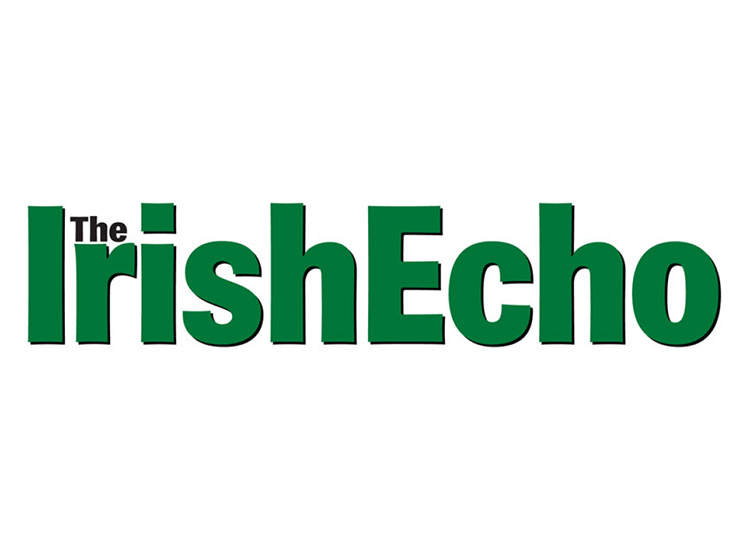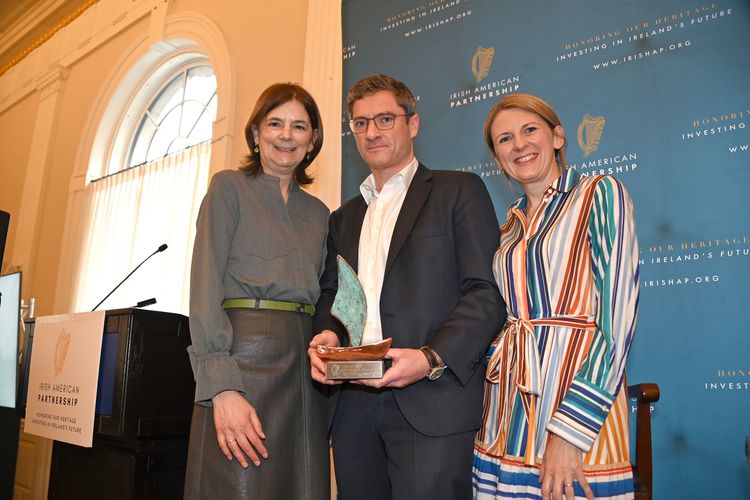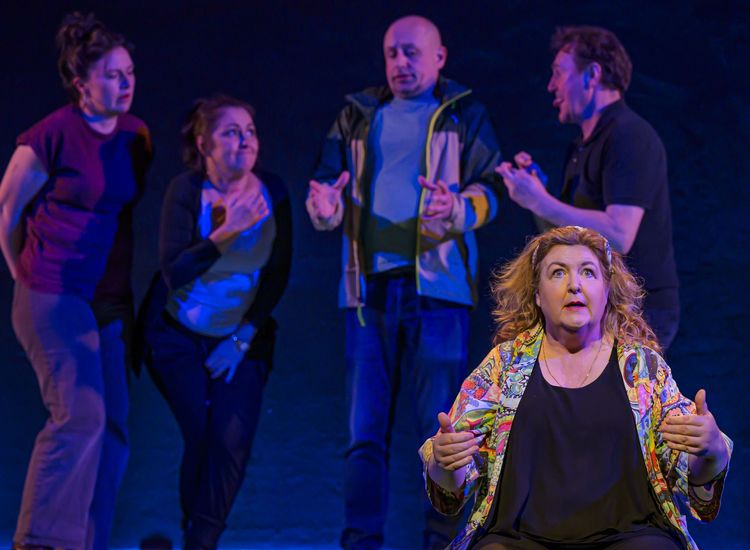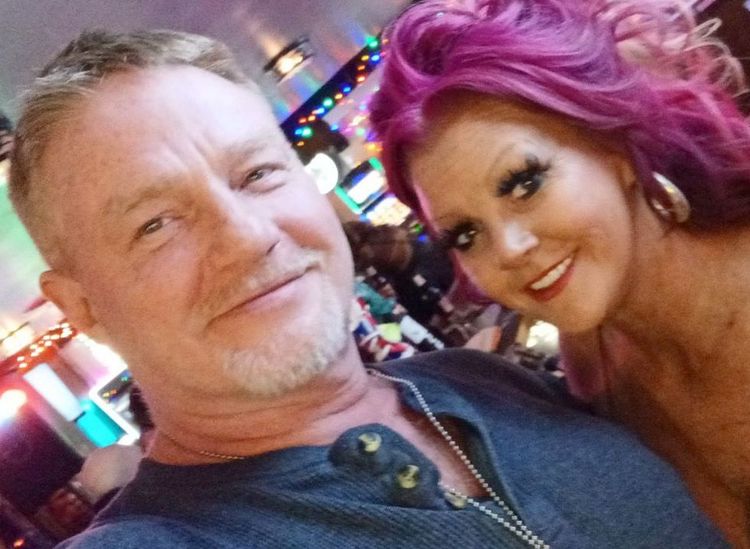Tina Santi Flaherty is the author "What Jackie Taught Us."
By Orla O’Sullivan
There was an affinity between Ernest Hemingway and President Kennedy and their widows, which few appreciate, attendees at the first major exhibition dedicated to the master of the modern novel heard last week.
The exhibition, now in New York, travels in the spring to the John F. Kennedy Presidential Library and Museum in Boston, which — also little known — houses 90 percent of Hemingway’s work.
Shedding light on the JFK-Hemingway connection; the fact that Jacqueline Bouvier Kennedy was more Irish than French; and how it is that their subjects remain, they say, underappreciated, were Declan Kiely, who curated the exhibition, and Tina Santi Flaherty, who wrote one of her books on Jackie. Kiely, who heads the JP Morgan Library’s department of literary and historical manuscripts, contributed an essay to Santi Flaherty’s Book, “What Jackie Taught Us: lessons from the remarkable life of Jacqueline Kennedy Onassis,” when it was re-released last year on the 20th anniversary of her death.
The pair spoke at a private talk last week in what was once the Madison Avenue home of the 19th century financier J.P. Morgan. The exhibits include photos of the handsome young Hemingway, his dog tags from World War I and a letter he received from J.D. Salinger at the front.
The dashing Hemingway seemingly made an impression on JFK. Kiely noted that JFK used Hemingway's description of courage, “grace under pressure,” in the opening lines of his own book, “Profiles in Courage.”
Jackie, intent on establishing America’s cultural place in the world, organized legendary White House dinner parties with writers and artists. Hemingway was honored posthumously at one.
JFK had invited Hemingway to his inauguration but Hemingway was too deep in a suicidal depression to attend. On the occasion of the writer’s death JFK commented, “Few Americans have had greater impact on the emotions and attitudes of the American people.”
Hemingway, for his part, previously remarked, “I admire the young couple,” adding that one of the hardest examples of “wifeing” is being married to a politician or a writer.
Having had four wives, Hemingway had some expertise in the matter
Mary, Hemingway’s wife at the time of his death, was given state help bringing back his belongings from Cuba, “the place where Hemingway lived longest,” despite that country’s political falling from, Kiely said.
"It's very unusual for a presidential library to have the entire collection of a writer’s manuscripts--the only other one is J Edgar Hoover's collection of writings by Laura Ingalls Wilder,” he said.
Neither the husbands nor wives ever met but Kiely suggested one factor in Mary’s giving the collection to the JFK Library: “It is likely that Mary Hemingway and Jackie, both tragically widowed, shared commitments to preserving their husbands’ legacies.”
(A source from the library also told the Echo that Mary, who had been a World War II war correspondent with Hemingway, went to the JFK Library because the Smithsonian Museum in D.C. refused to name a room after Hemingway in return for the collection. It includes 20,000 letters and a re-creation of the room in Cuba where Hemingway wrote.)
Kiely said the JFK Library, opened in 1979 and for which she raised $20.8 million, was “the greatest symbol” of Jackie’s dedication to her husband.
Santi Flaherty said that prior to JFK’s assassination in 1963, Jackie’s focus had been on creating the rightful place for American culture -- projects such as transforming what “had become known as ‘The Shabby House’ into a showcase of American art and craftsmanship.”
The speed and artfulness with which she did that were examples Santi Flaherty gave of Jackie’s capability. America’s arguably most beloved First Lady once drily remarked, “Maybe one day people will realize that there was something under that pillbox hat.”
People still don’t realize, Santi Flaherty, said, “Jackie was more Irish than French. She was about 50 percent Irish and 8 percent French.”
Speaking to the Echo after the event, Santi Flaherty said attendees at last week’s gathering told her Jackie’s Irish roots surprised them. “Whatever your last name is, the very French sounding Bouvier in Jackie's case, is the way people judge your ancestry,” said the author and philanthropist, who is of Irish and Italian heritage herself.
“Jackie’s maternal grandfather was James T. Lee who built some of New York most beautiful buildings, including 740 Park Ave.,” she said.
However, Jackie’s mother played down her Irishness, even telling suitors that an Irish accent coming from the house was “just the maid,” Santi Flaherty told her audience of 60 or so. This was during a time of anti-Irish sentiment, reflected in No-Irish-Need-Apply signs.
Other little-known facts that emerged from the evening were that Jackie edited Michael Jackson’s “Moonwalk,” among other best sellers, during her 20 years in publishing, and that the famous beauty had size-10 feet.
Santi Flaherty lives in the Fifth Avenue building where Jacqueline Kennedy Onassis spent the last 30 years of her life. The two overlapped for five years (from 1989-1994).
As for Hemingway, Kiely said people think they know him from his larger-than-life existence. Kiely described the author in bullet points: “First World War veteran; Second World War correspondent; Paris correspondent; big game hunter; four marriages; drinking; suicide.
“His signature is a brand in itself--you need a license to use it,” Kiely said, citing. Hemingway’s case as one where “a writer’s life takes over from the writer’s art.”
The result, Kiely asserted, is that Hemingway’s work, especially his short stories, are “under-appreciated.”










